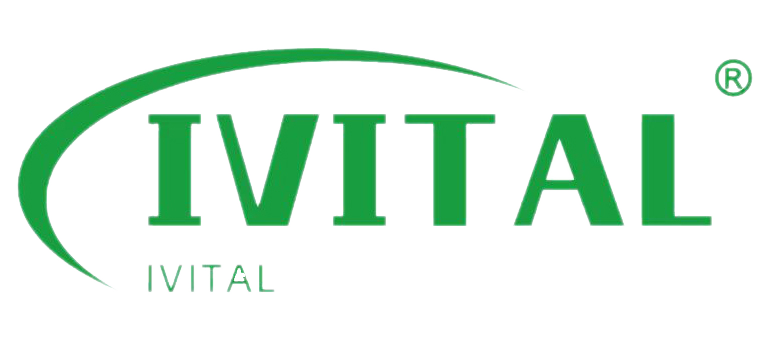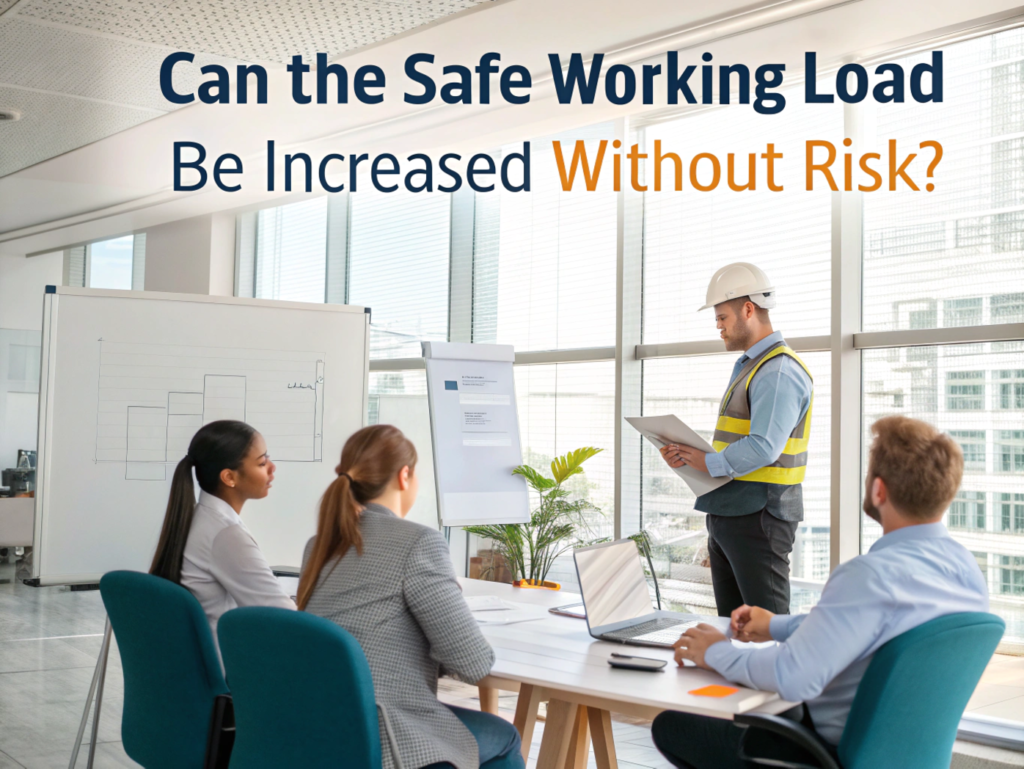Some days on-site, we push equipment to the edge. When operations scale fast, lifting heavier loads seems like a shortcut. But is it safe?
Yes, increasing the Safe Working Load (SWL) is possible—but only through engineered upgrades, certified adjustments, and strict safety validation. Exceeding rated capacity without approval is unsafe and non-compliant.
I once saw a rigging job go wrong because someone assumed a hoist had “extra capacity.” That mistake delayed operations for days and nearly caused a serious injury.
[Table of Contents]
- What happens if you overload lifting equipment?
- Can you exceed the safe working load if the gear looks strong enough?
- How can lifting capacity be increased safely?
- What’s the difference between SWL and WLL?
- Can IVITAL products handle SWL adjustments safely?
What happens if you overload lifting equipment?
You don’t always see the damage right away, but it’s already done.
Overloading lifting equipment wears it out faster, damages internal structures, and creates a high risk of catastrophic failure.
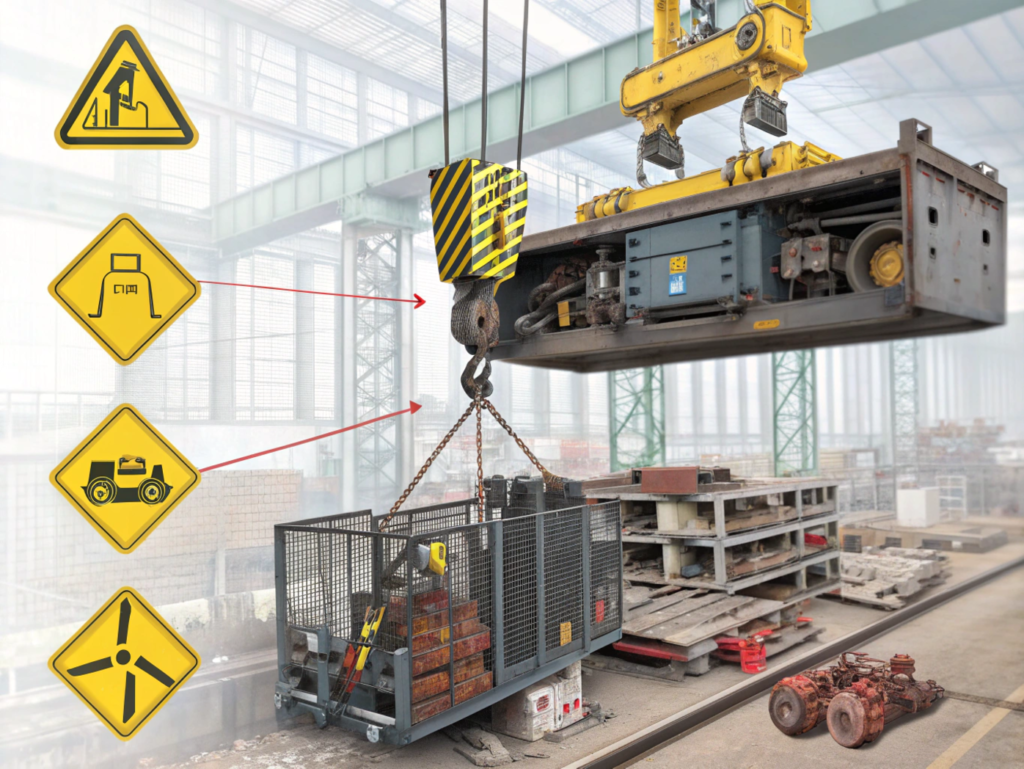
DiveDeeper: Beyond the load chart
I remember one crane operator who thought going “just 10% over” wasn’t a big deal. The load dropped—luckily onto soft ground, not people. That crane’s boom cracked and failed inspection. In engineering, safety margins exist for a reason. Internal stress, fatigue cracks, and unpredictable shock loads aren’t visible until it’s too late.
| Risk Area | Consequence |
|---|---|
| Structural integrity | Cracks, fractures, permanent damage |
| Load control | Load swing, tipping, collapse risk |
| Personnel safety | Serious injury or fatality |
Can you exceed the safe working load if the gear looks strong enough?
It might look fine, but stress fractures don’t show up in paint.
No—lifting equipment must never exceed the rated SWL without formal engineering revalidation. Visual inspection is not enough.
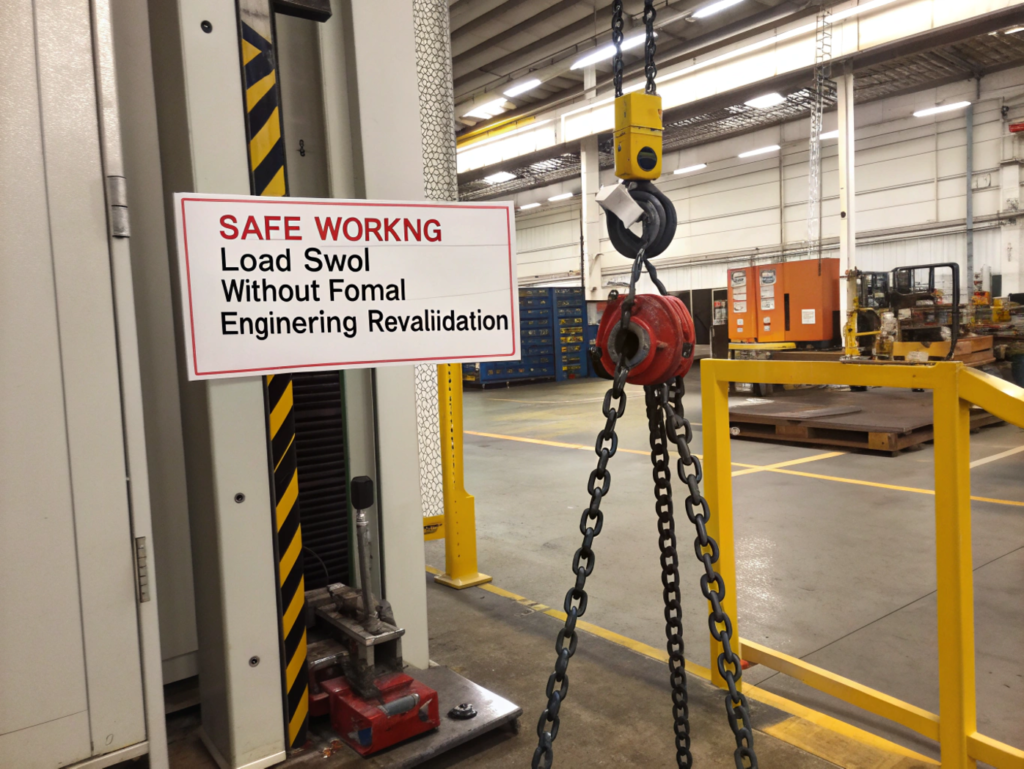
DiveDeeper: Safety beyond the specs
Many field managers make decisions based on gut feel. But the SWL is calculated using rigorous design standards. Even if the chain or shackle feels solid, material fatigue builds invisibly. IVITAL, for example, designs every G80 chain and shackle with built-in safety factors. But using them beyond design specs? That voids the warranty and safety compliance.
How can lifting capacity be increased safely?
If you need more lift, start with certified engineering—not guesswork.
To increase SWL safely, upgrade components, verify system compatibility, and re-certify through qualified engineers.

DiveDeeper: Engineered upgrades only
Some sites try to “boost” capacity with heavier slings or extra chains. That’s risky. The safest way to increase load capacity is to:
- Replace with higher-rated gear (e.g., IVITAL G100 chains instead of G80).
- Reinforce lifting points and structures.
- Conduct load testing under supervision.
- Update documentation and re-certify with a Qualified Person (QP).
Never rely on past performance alone. Each increase must be backed by engineering documentation and load test results.
What’s the difference between SWL and WLL?
The terms are used interchangeably—but they mean slightly different things.
SWL (Safe Working Load) is the older term; WLL (Working Load Limit) is the modern standard used today in international regulations.
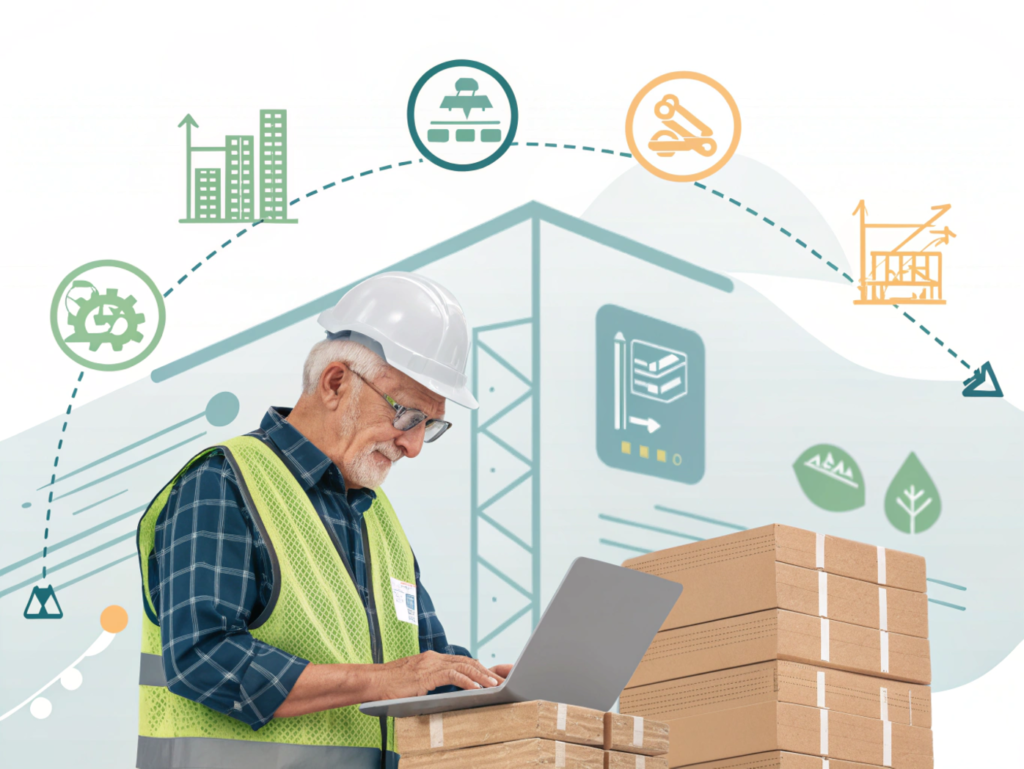
DiveDeeper: Why terminology matters
WLL is now used to ensure global consistency in lifting safety. It’s calculated with clearer safety margins, often aligned with ASME or ISO standards. If you’re sourcing IVITAL products, you’ll notice both terms—SWL and WLL—clearly labeled on components. This helps teams follow current safety laws and avoid confusion on mixed-equipment job sites.
Can IVITAL products handle SWL adjustments safely?
Yes, but only when part of a certified upgrade process.
IVITAL lifting products can support upgraded capacities—if the system is redesigned, tested, and certified by professionals.
DiveDeeper: Built for flexibility—but never shortcuts
One client in the oilfield sector needed to lift larger pipe bundles. Instead of pushing existing gear beyond limits, they worked with IVITAL to design a tailored lifting solution. Using G80 chain slings with reinforced electric hoists, they increased throughput safely. Our engineers guided the load testing, updated SWL labels, and re-certified the setup—all without downtime.
Conclusion
SWL increases are possible—but only through smart upgrades, strict safety checks, and expert certification.
